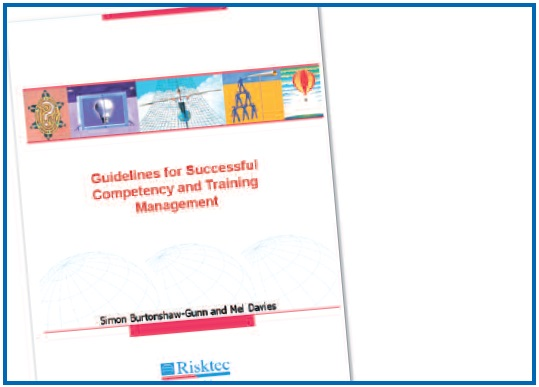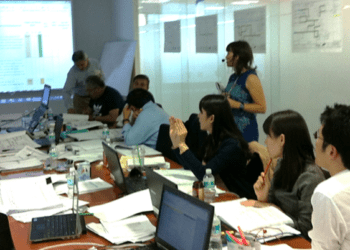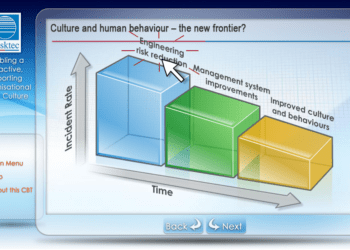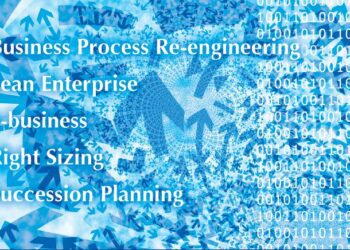Secrets of successful competency management
The success of Risktec’s booklet 50 Secrets of Successful Knowledge Management (which has even been translated into Russian!) has prompted the development of a more in-depth set of guidelines for competency and training management. Whilst this subject has come under close scrutiny in large companies – particularly those operating in safety regulated industries – it is of equal relevance to smaller organisations. Here’s a selection of tips inspired by these guidelines:

1. Have a clear understanding of Competency and Competency Management
Competencies are demonstrable knowledge, skills, attitudes and behaviours that are required to perform a particular job to a predetermined standard. They are important because if employee competence is not maintained then accidents, injuries or near misses may result or the product may not meet business requirements.
Competency Management is a systematic approach that an organisation can employ to address this issue. This should cover assessment and training of its current employees as well as the way it undertakes new recruitment and succession planning.
2. Competency Management should be regarded as a continuous process vital to business operations
If your organisation operates in a highly regulated, safety focused industry then one of the main factors that determines the safe operation of facilities is the competence of the people that use, maintain and manage them.
Historical evidence of major incidents reveals that staff may lack important safety knowledge and skills despite having received relevant training. It is therefore important that competence is both demonstrated and assessed rather than simply assumed based on past training and experience.
3. Define and maintain roles and responsibilities
Organisations should develop an appropriate process to define the collective roles and responsibilities that reflect the scope of desired competency control across the organisation. Once established, each post-holder will need to understand the requirements of their role and the associated responsibilities. Thereafter, there should be a process for controlling change and, where necessary, updating roles and responsibilities as the organisation evolves.
4. Define the skills and knowledge needed to perform specific roles and tasks
For each defined role, or for specific tasks performed by a role, the skills and knowledge needed should be identified. These competencies can then be assessed to demonstrate the level of a person’s competence in each area. Any gaps should be addressed in an individual’s training and development plan, which should identify the specific training needs and the associated timescale, taking into account risks to the individual, the public and the business.
5. Align employee training with the needs of the business
Employee development should be driven by a tangible safety benefit or desire to improve business efficiency and productivity. There should be a clear link to competency assessment. Organisations should consider implementing refresher training for infrequent or critical safety tasks.
6. Communicate key information
Good communication is crucial for effective Competency Management. Employees benefit from positive reinforcement of key principles and processes through diverse communication channels, such as email, intranet, procedures, presentations and formal training. Communicating with those not directly employed, such as subcontractors and suppliers, can be equally important.
7. Build the process of Competency Management into your business
Successful Competency Management should be fully integrated into day-today business processes, rather than a bolt-on extra. The effects of any organisational and process changes should be fully reflected. A regular performance review of an organisation’s approach to Competency and Training Management should be undertaken to identify if the recruitment, qualification and training process is functioning effectively and allow any remedial steps to be taken if necessary.
8. Seek expert help when you need it
A small amount of money spent up-front can help identify and mitigate many of the downstream problems likely to be encountered. For implementation, the use of internal resource is more likely to achieve ‘buy-in’.
MORE SECRETS
For more tips on Competency and Training Management, visit our publications.
This article first appeared in RISKworld Issue 13.







